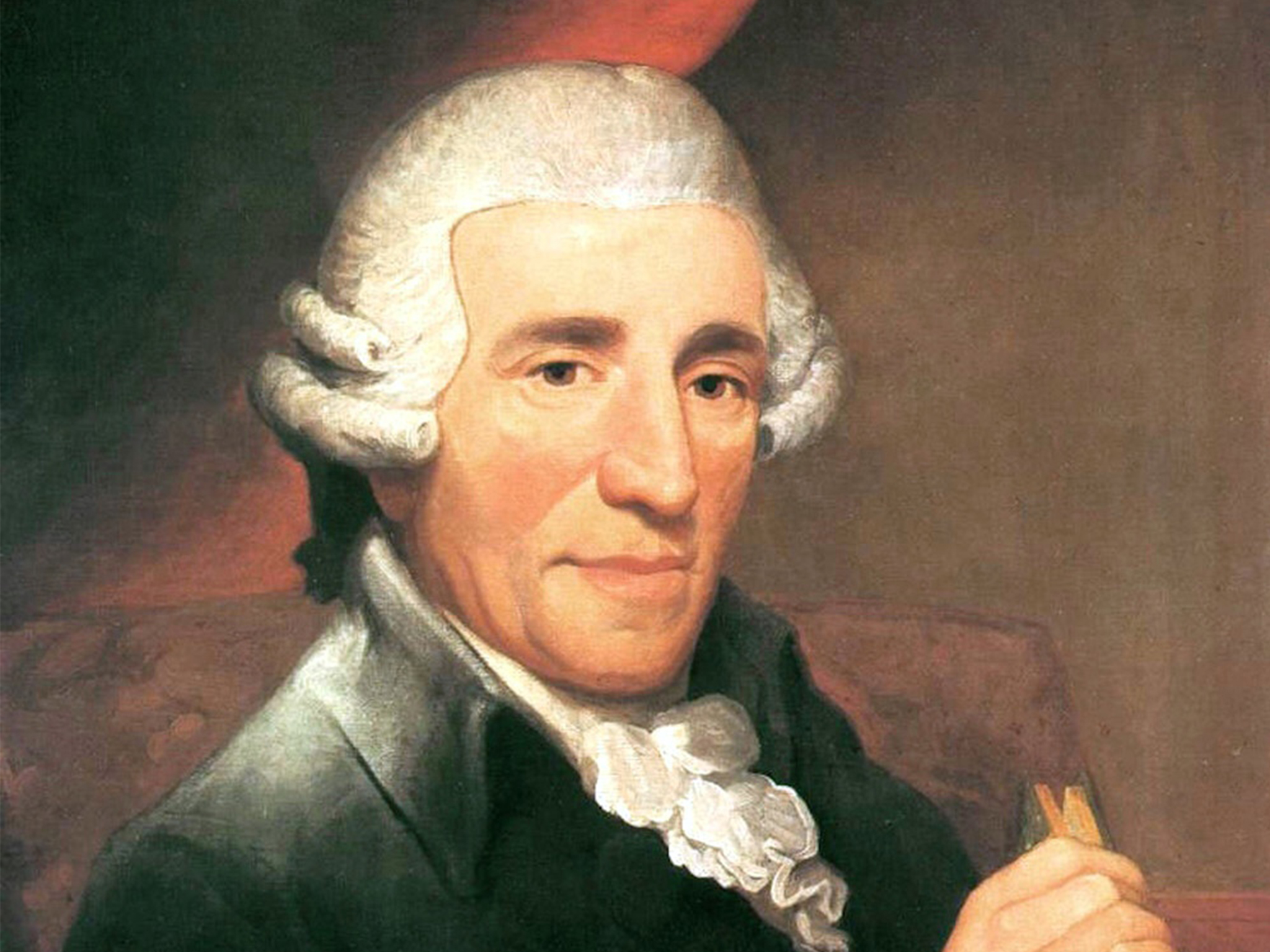One of the crowning achievements of Joseph Haydn’s illustrious career, The Creation (Die Schöpfung) stands as a monumental work in the history of Western music. Composed between 1796 and 1798, this oratorio captures the grandeur of the biblical creation story with remarkable innovation, brilliance, and emotional power. It not only showcases Haydn’s mastery of composition but also reflects the spirit of the Enlightenment and a deeply felt reverence for nature and the divine.
Inspiration from England
Haydn was inspired to write The Creation during his visits to England in the 1790s. While there, he was exposed to the works of George Frideric Handel, particularly oratorios such as Messiah and Israel in Egypt, which were still enjoying immense popularity in London. The grandeur and public enthusiasm surrounding these performances left a deep impression on Haydn. He longed to create a similarly powerful and enduring work in his own voice.
Haydn returned to Vienna with a libretto originally written in English and attributed to a collaboration between Handel’s patron, Thomas Linley the Elder, and the literary figure Thomas Morell. The text was based on the Book of Genesis, the Psalms, and John Milton’s Paradise Lost. The English version was later translated into German by Baron Gottfried van Swieten, a prominent Viennese patron of the arts and close supporter of Haydn, who also assisted in adapting the libretto to suit the oratorio form.
Composition and Premiere
Haydn began composing The Creation in 1796 and completed it in 1798. The oratorio is divided into three parts:
- Part I depicts the first four days of creation.
- Part II covers the fifth and sixth days, culminating in the creation of man and woman.
- Part III is a celebration of the happiness of Adam and Eve in Paradise.
Haydn poured tremendous energy into the work, often saying that composing The Creation had rejuvenated him creatively. The music is rich with imagery, from the awe-inspiring depiction of chaos at the beginning, to the radiant moment when light is first created, to the playful sounds of animals and the grandeur of humanity’s arrival.
The private premiere of The Creation took place at the Schwarzenberg Palace in Vienna on April 29, 1798, performed for an audience of aristocrats and music lovers. The public premiere followed on March 19, 1799, at the old Burgtheater in Vienna and was met with overwhelming acclaim. The oratorio was an immediate success and solidified Haydn’s reputation as one of the greatest composers of his age.
A Work of Enlightenment and Faith
The Creation embodies both religious devotion and Enlightenment ideals. Haydn sought to express the beauty and order of the natural world as a reflection of divine will. At the same time, the work celebrates reason, harmony, and human happiness — values central to Enlightenment thought.
One of the most famous moments in the oratorio comes early in Part I, when the words “And there was light” are set to a sudden and brilliant burst of sound, a musical moment that still astonishes audiences today. Haydn’s use of orchestration to evoke the natural world — from the roaring lion to the soaring eagle — showcases his vivid imagination and ability to paint with music.
Legacy
The Creation became immensely popular during Haydn’s lifetime and continued to be performed frequently after his death. It was translated back into English and performed across Europe, including in Germany, England, and France. It is still considered one of the greatest oratorios ever written, frequently performed by choirs and orchestras around the world.
For Haydn, The Creation was more than a musical achievement — it was a spiritual experience. He is said to have signed the manuscript with the words “Praise be to God,” and during rehearsals, he often lifted his hands toward heaven in gratitude.
Conclusion
Joseph Haydn’s The Creation is a towering masterpiece that marries art, science, faith, and nature into a single, harmonious vision. With its powerful choral writing, evocative orchestration, and uplifting spirit, it continues to inspire wonder and admiration over two centuries after its premiere. For lovers of classical music and sacred art alike, The Creation remains a timeless testament to human creativity and divine inspiration.


Comments are closed